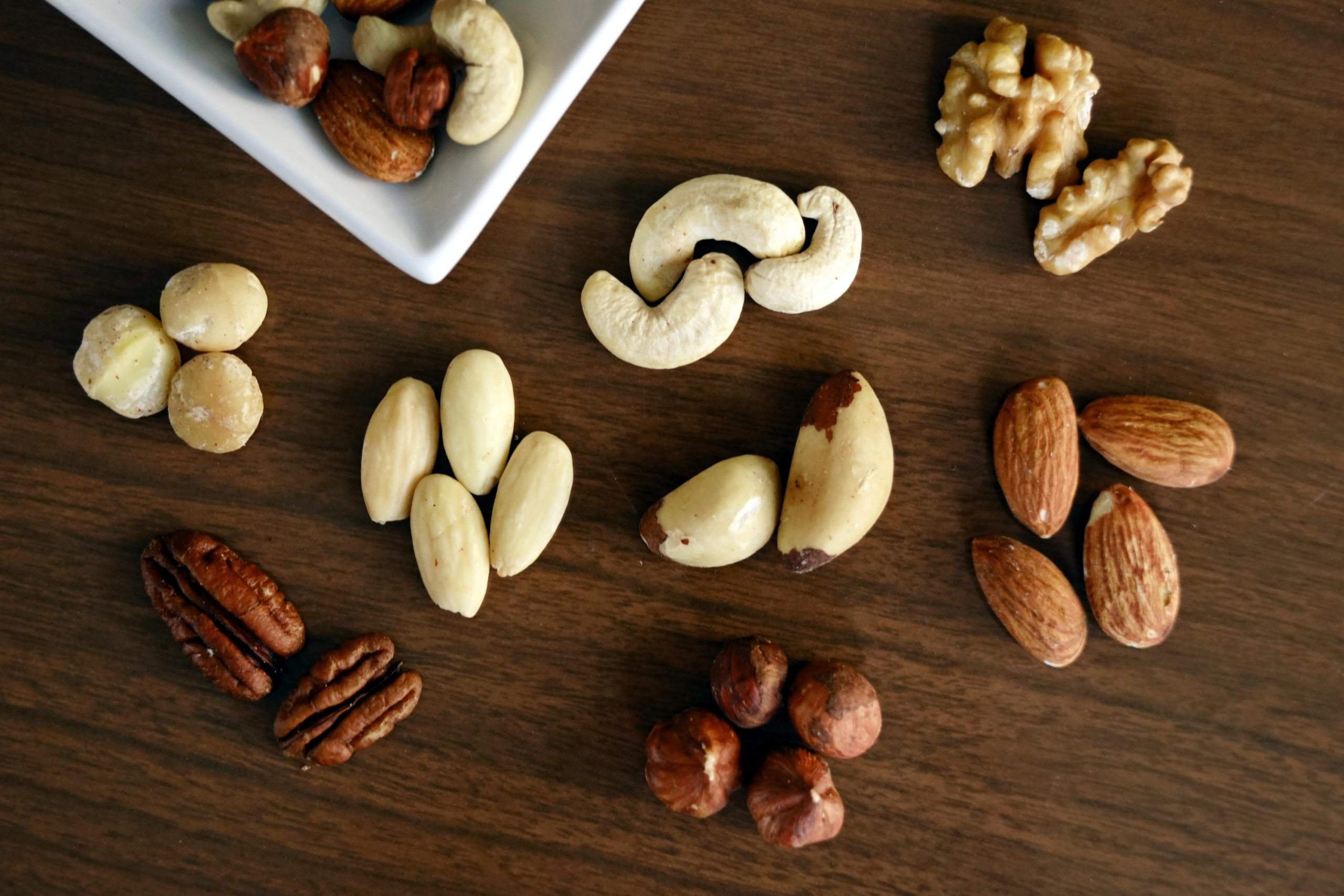Even after orthodontic treatment has ended and teeth have been straightened, people’s self-confidence may suffer due to tooth whitening. Following orthodontic treatment, teeth can become brighter and whiter with bleaching. It is advised to bleach your teeth (rather than doing it previously) following orthodontic treatment. Due to bracket placement and tooth movement, bleaching your teeth before getting braces may discolor the surface of your teeth. Correcting misaligned teeth is one of the benefits of braces. In cases of bleaching before orthodontics, some sections of the teeth are not affected by the whitening chemical since crooked teeth are typically positioned wrongly on one another.
As a dentist performing teeth whitening in Vancouver, the teeth’s movement during orthodontic treatment is the cause of this issue, which results in uneven tooth color. If you want to achieve a good outcome and keep your dental health, only have your teeth whitened by a dentist or orthodontist. When compared to at-home bleaching methods, professional teeth whitening is both more effective and secure. The dentist searches for regions of tooth enamel where minerals have been lost, as well as any signs of gum disease or tooth decay that braces might hide.
What Causes Teeth to Turn Discolored After Receiving Orthodontic Treatment?
1. Failing to Adhere to Oral and Dental Hygiene
While undergoing orthodontic therapy, it may be challenging for you to wash your teeth and maintain appropriate oral hygiene. Due to the orthodontic wires and brackets attached to the teeth’s surface, cleaning the teeth might be difficult.
Additionally, plaque and bacteria can collect in the spaces between brackets and teeth. If these materials aren’t sufficiently removed, they may cause gum disease and bad breath. Those who do not maintain proper dental hygiene while receiving orthodontic treatment or do not spend enough time doing so will experience this as a result of stains or discoloration.
2. Consumption of Food and Drinks with Pigments
When receiving orthodontic treatment, patients are encouraged to consume more of some foods and less of others. You might have tooth discoloration if you consume foods that contain pigment (which is forbidden).
While undergoing orthodontic treatment, if you frequently consume any of the following foods, you should whiten your teeth afterward:
-
- Soft drinks and other sugary drinks: The sugar and acids in these drinks can cause the mouth to feel more acidic and can change how the teeth seem.
-
- Black tea and coffee have the potential to leave teeth looking like a dark, rusted coin.
-
- Ramen soup with sweets: Both ramen soup and sweets can stain teeth.
-
- Tobacco: Smoking deposits nicotine on your teeth, but it doesn’t make them shiny and yellow.
3. Using Big Brackets
Teeth can become stained and discolored as a result of the usage of big brackets during orthodontic treatment. Due to two factors, this is significant:
Food and bacteria may gather in difficult-to-reach regions as a result of large brackets. Bacteria in this situation may lead to plaque buildup on the teeth, which results in stains and tooth color changes.
To boost corrosion resistance, some brackets on the market could have specific coatings. These coatings could, however, contain pigments that, over time and as a result of contact with food and beverages, cause the teeth to take on particular colors.




